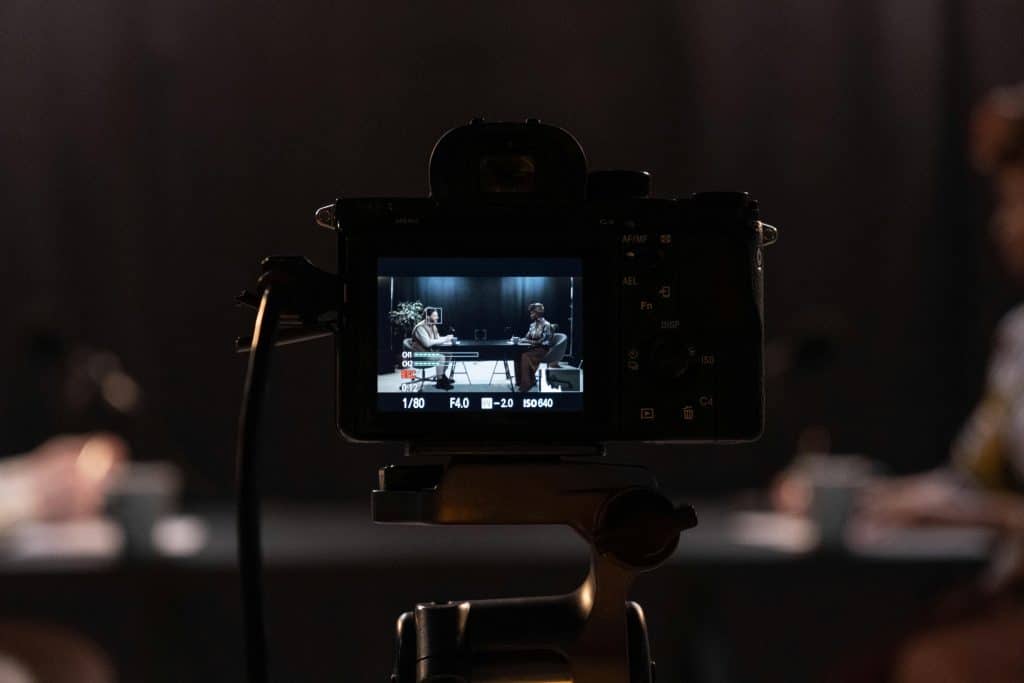How Social Media Is Reshaping Modern Journalism and Public Opinion
In the span of just two decades, social media has completely transformed the way news is produced, consumed, and discussed. What used to be a linear flow of information—from newsroom to audience—has become a dynamic, interactive ecosystem where anyone with a smartphone can shape public opinion.
Platforms like X (formerly Twitter), Instagram, TikTok, and YouTube have blurred the line between journalist, influencer, and citizen. They have democratized access to information while simultaneously raising new questions about credibility, bias, and manipulation.
The result? Journalism has never been more accessible—or more complex.
From Gatekeepers to Global Participants
Before the rise of social media, journalists acted as the primary gatekeepers of information. News organizations determined what stories were worth telling and how they would be framed. While this model had its flaws, it maintained a consistent standard for verification and ethics.
Today, however, social platforms allow anyone to become a publisher. With a few clicks, users can report events as they unfold, share eyewitness videos, or amplify stories mainstream outlets overlook.
This democratization has empowered marginalized voices, giving them visibility that traditional media often denied. Social media has also accelerated grassroots movements, from the Arab Spring to climate activism, by enabling rapid information sharing.
But it has also introduced challenges. Without editorial oversight, misinformation spreads faster than ever—often going viral before facts can catch up.
The Speed of News in the Digital Era

One of social media’s greatest strengths is also its biggest weakness: speed. Breaking news now unfolds in real time. Journalists use platforms like X to monitor events, verify sources, and provide live updates. However, this instant access comes at a cost.
When the focus shifts from accuracy to immediacy, errors become inevitable. Misreported details can quickly circulate, and retractions rarely reach the same audience size as the original post.
Traditional journalists must now balance the pressure of staying relevant online with maintaining credibility. Many major outlets have developed social media verification teams, tasked with analyzing user-generated content before it’s published.
In essence, speed has redefined what it means to “break a story.” The race is no longer just to report first, but to report right in a world where every second counts.
Citizen Journalism and the Rise of Visual Reporting
Perhaps the most profound change social media brought to journalism is visual storytelling. Smartphones, live-streaming, and short-form video have made it possible for citizens to document history as it happens.
Visual evidence from social media often provides the first look at events—whether natural disasters, protests, or acts of injustice. In many cases, these visuals have forced newsrooms to reframe narratives or investigate previously ignored issues.
Yet, citizen journalism also presents a dilemma: not all footage is authentic. Edited videos or context-free clips can distort reality. That’s why reputable media outlets have adopted advanced tools to verify location data, timestamps, and digital fingerprints before publishing user-generated content.
This visual revolution has also reshaped storytelling itself. Newsrooms are increasingly producing interactive visual reports, infographics, and data-driven visuals. Design tools, including platforms like Adobe Express, allow journalists to create professional-quality visuals with speed and precision—without needing an entire design department.
Algorithms: The Invisible Editors of the Internet
In the age of social media, algorithms are the new editors. They decide what users see first, what gets buried, and what goes viral. These algorithms are optimized for engagement, not accuracy, meaning controversial or emotionally charged content often spreads the fastest.
This shift has deep implications for public opinion. Users are increasingly exposed to information that confirms their beliefs, a phenomenon known as the echo chamber effect. Over time, this polarization shapes not only how people think about the news but also how they vote, protest, and participate in civic life.
Journalists must now learn to work with algorithms rather than against them—crafting headlines, visuals, and narratives that are both ethical and algorithm-friendly. It’s a delicate balance between truth-telling and visibility.
Influencers as the New Opinion Leaders
In the past, public opinion was largely shaped by editorial boards and well-known journalists. Today, influencers, YouTubers, and podcasters often command larger audiences than traditional news anchors.
This shift has blurred the lines between information and entertainment. Influencers can drive awareness about global issues or inadvertently spread misinformation with the same level of influence.
Some major news organizations have adapted by partnering with influencers or training journalists to build their own personal brands online. The idea is to humanize reporting—turning journalists into relatable voices rather than distant bylines.
Platforms like YouTube Shorts or TikTok have even inspired the rise of micro-journalism, where creators explain complex topics in 60 seconds or less. To stay competitive, newsrooms are using modern creative tools and AI assistants to design compelling video and presentation content. For example, an AI presentation maker can help transform long-form reports into interactive, engaging stories optimized for visual platforms.
The Ethical Tightrope: Objectivity in the Age of Virality
One of journalism’s cornerstones—objectivity—is harder to maintain in an environment where virality drives visibility. Reporters are constantly under pressure to create content that attracts attention.
While social engagement can help spread awareness, it can also incentivize sensationalism. Newsrooms must draw clear boundaries between factual reporting and editorial commentary. Many outlets now require journalists to disclose conflicts of interest and avoid sharing unverified information, even from personal accounts.
Meanwhile, tech companies are under growing pressure to regulate content without infringing on free speech. Striking this balance remains one of the defining ethical challenges of digital journalism.
The Audience as Co-Creators
Today’s audiences don’t just consume the news—they participate in it. Social media users fact-check, comment, and even create memes that reshape how stories are perceived. This participatory culture has given rise to collective journalism, where news evolves through public dialogue.
User feedback can highlight overlooked details, demand accountability, and even correct misinformation. However, this two-way interaction also exposes journalists to harassment, trolling, and digital abuse.
As a result, many media professionals are rethinking how they engage online, prioritizing transparency and respectful dialogue over viral debates.
The Creative Shift: Visual Journalism and Storytelling Tools

Modern journalism increasingly relies on visual communication to reach wider audiences. Infographics, timelines, and visual explainers make complex topics easier to understand. This trend has opened the door for journalists and content creators to use advanced creative platforms that merge design and storytelling.
Software suites like Adobe Creative Cloud have become essential in newsrooms—enabling editors to create broadcast-ready visuals, social content, and animations in minutes. Even non-designers now use simplified tools to turn raw data into compelling stories.
This evolution is not just about aesthetics. In an era of shrinking attention spans, visual storytelling ensures critical information remains accessible and engaging.
How Social Media Is Shaping the Future of Journalism
The next decade will bring deeper integration between journalism and technology. Artificial intelligence will assist in fact-checking, content moderation, and audience targeting. Augmented and virtual reality may redefine how users experience immersive reporting from conflict zones or climate sites.
Meanwhile, journalists will need to maintain the human touch—context, empathy, and critical judgment—qualities no algorithm can replicate.
We can already see a growing focus on transparency, multimedia literacy, and digital collaboration. In many ways, journalism’s future is not about competing with social media, but mastering it as a storytelling tool.
Conclusion
Social media has fundamentally reshaped the landscape of modern journalism. It has democratized voices, accelerated information sharing, and created new forms of storytelling—but it has also amplified misinformation, bias, and polarization.
The journalists who thrive in this new era will be those who blend traditional ethics with technological fluency. They’ll use data, visuals, and social platforms not as threats but as allies in truth-telling.
Whether it’s a newsroom creating an interactive infographic or an independent reporter designing a quick explainer video, the message is clear: journalism is no longer confined to the page—it’s an ongoing, interactive conversation shaped by everyone who participates.
In the end, the power of media remains what it has always been—the power to inform, inspire, and ignite change. The tools may evolve, but the mission endures.








